Gardening
/Home & Leisure
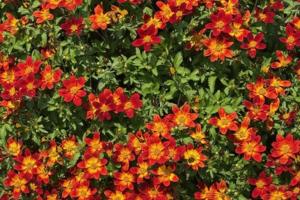
On Gardening: Campfire goes smoking hot with Red Ember Bidens
The campfire has certainly gone through some beautiful transformation in the past three years. First there was Campfire Marshmallow in 2024 and next year it will be even hotter with Campfire Red Ember. Yes, I am talking about plants and particularly the genus Bidens.
Despite what seems to be a gazillion species of Bidens, you probably don’t ...Read more

On Gardening: This new Bright Pink phlox is bringing a 'touch of Texas'
Southern Blaze Bright Pink phlox is coming next year and with it brings a "Touch of Texas." It will do its part to make sure your neighbors don’t "out phlox" you when it comes to garden flowers. It is indeed a phlox that you will immediately feel is special, even refreshing with a touch of nostalgia.
There is nothing more nostalgia than being...Read more
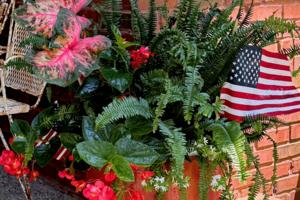
On Gardening: This new Surefire begonia is a floral cascade of red
It is a prolific bloomer, in the sun or shade and it artistically cascades or tumbles over the rim of hanging baskets and containers. It is the new Surefire Cascade Red begonia, which is making its debut in 2026.
I love it when July arrives, giving me the opportunity to share with you new flowers that we see both in industry and our own ...Read more

Plucked: NBC/Peacock cancels fourth show this year that was shot in Atlanta
ATLANTA — NBC Universal has been supportive of metro Atlanta as a home to shoot TV series for Peacock and NBC.
Unfortunately, metro Atlanta has not been the network’s lucky charm lately when it comes to successful programming.
Four have been canceled this year alone.
On Friday, trade publications reported that NBC’s “Grosse Pointe ...Read more
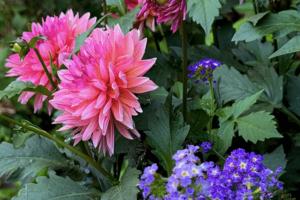
On Gardening: These dahlias delight, even in the South
The Garden Guy had the opportunity to trial the Virtuoso dahlias last year and I started off muttering, "This shouldn’t take long." The thought of a hot Georgia summer and dahlias sounded like a horticultural train wreck. But when the first Virtuoso Pinkerific bloom opened, I thought "OMG, I am a dahlia grower!"
Sometime in July I was head ...Read more
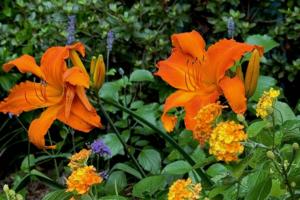
On Gardening: This daylily is so pretty you will 'scream'
Five years ago, I started growing and writing about Rainbow Rhythm daylilies from my landscape perspective in Muscogee County, Georgia. That first year I reached out to Jenny Simpson, who along with husband Jerry, owns Creekside Nursery in Dallas, North Carolina. At the time I told everyone to follow them on Facebook, and that recommendation is ...Read more

On Gardening: Hallelujah, it's hydrangea season! Let's Dance!
Hallelujah, it's hydrangea season! Actually, hydrangea season comes early in the Deep South and even more so if you are growing Let’s Dance Sky View hydrangea. This will be my third year, and the first week of May always brings a bubbling of blooms.
To me this explosion of blooms with the onset of spring makes it the most precocious variety ...Read more
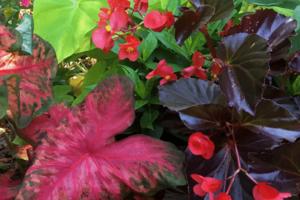
On Gardening: These Surefire begonias will bloom all season
Wondering if this begonia can provide you color for the entire garden season? Well, you are Surefire shootin' straight. The commercial landscape industry is showing the Southeast that this is one tough flower for home or business and the award-winning Surefire series is leading the way.
There are four colors in the series: Surefire Red, Rose, ...Read more
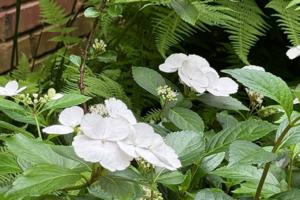
On Gardening: It's fern, it's a petunia -- no, it's a hydrangea hanging basket
Never has a point been made so clear: Yes, a cascading plant is perfect for a hanging basket. The plant of which I am speaking is the Fairytrail Bride Cascade Hydrangea. The social media world that revolves around gardening has been like wildfire as everybody has been posting photos of baskets with Fairytrail Bride Cascade Hydrangeas.
In a way...Read more
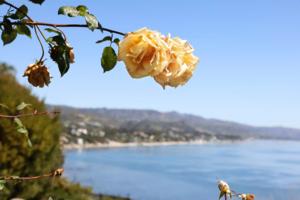
With Barbra Streisand and Oprah as clients, this gardener has a simple goal: perfection
LOS ANGELES -- Dan Bifano is in a hurry, but it's in his nature to be gracious, so he keeps his countenance serene even though gnarly traffic on the Pacific Coast Highway has made his visitors very late.
"I was afraid I would be late too," he confides, glancing at his watch, "because I had to make a quick stop at Lady Gaga's."
The comment is ...Read more
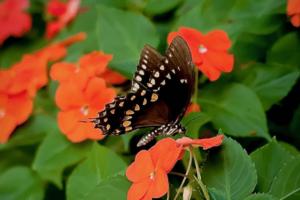
On Gardening: Singing Soprano in the shade
The Garden Guy worked hard last week getting the Sopranos planted before the arrival of much needed rain. If you are not familiar with Sopranos, they are a group of six colors of impatiens that have put pure joy back into the shade garden.
In music, sopranos are those with angelic voices. High-pitched voices that can bring about a standing ...Read more
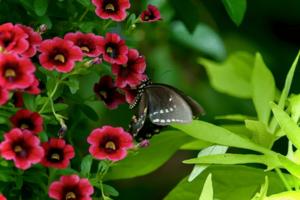
On Gardening: Superbells Pomegranate Punch is like antioxidants for the garden
In an astonishing occurrence, all of my Superbells Pomegranate Punch calibrachoas came through the winter of the weekly polar vortex. OK, I’ll admit I did take some to the garage. Those in the heavy pots that I left outside have come through with an incredible display of beauty.
Superbells Pomegranate Punch is like the garden’s version of ...Read more
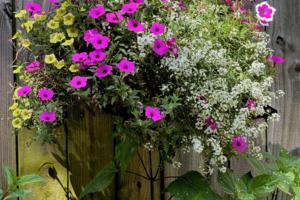
On Gardening: Gardeners need snow for the summer season
It is May and The Garden Guy is here to tell you that your garden really needs more snow for the long growing season ahead. I’m talking about one of the best flowers you can add to the design of your mixed containers. That would be Snow Princess sweet alyssum, a Lobularia hybrid.
Snow Princess and I go way back to April 2009. That was the ...Read more

On Gardening: Unplugged White salvia to debut with beauty and perseverance
The Unplugged group of salvias is doubling in size this year with the addition of Unplugged Red and the new passion of my heart, Unplugged White. I wrote about the group a few months ago but Unplugged White deserves its own column now.
I’ve explained before that I am new to white. I know that sounds crazy coming from a guy who will try every ...Read more
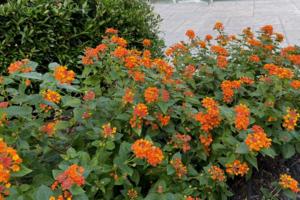
On Gardening: Everyone loves Marmalade
Winning a Perfect Score says a lot about a plant that goes through rigorous trials. But that is just what happened to one of my favorite lantanas by the name of Luscious Orange Marmalade. The location was at Oklahoma State University. Then it took the Director’s Select at Penn State and Leaders of the Pack at North Carolina State University’...Read more






